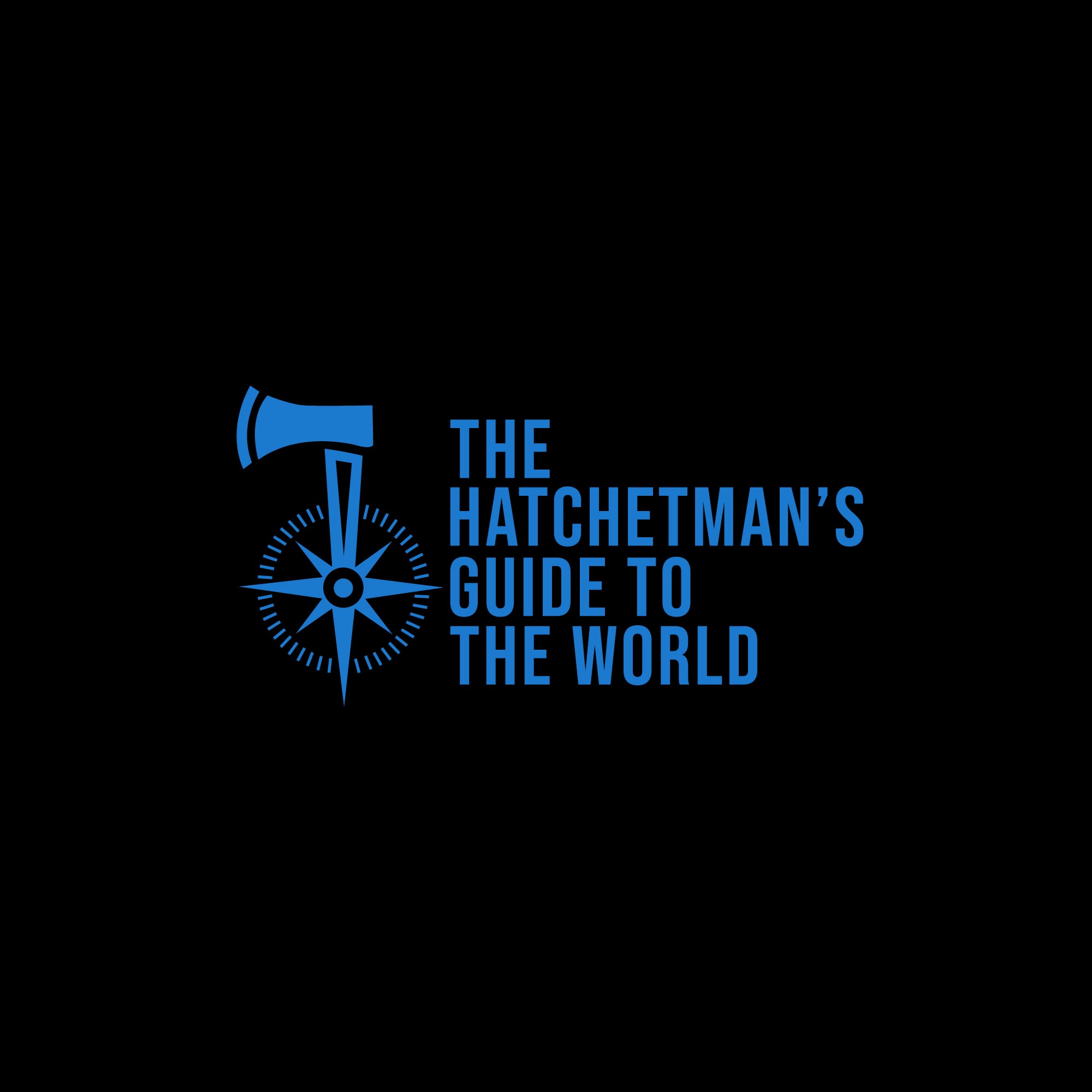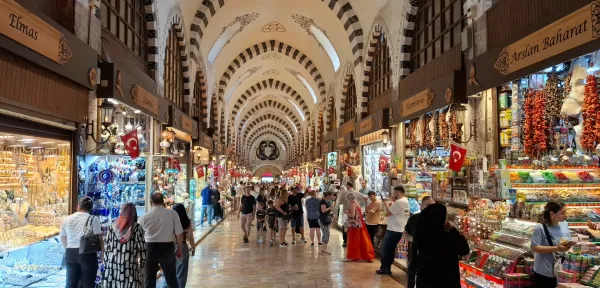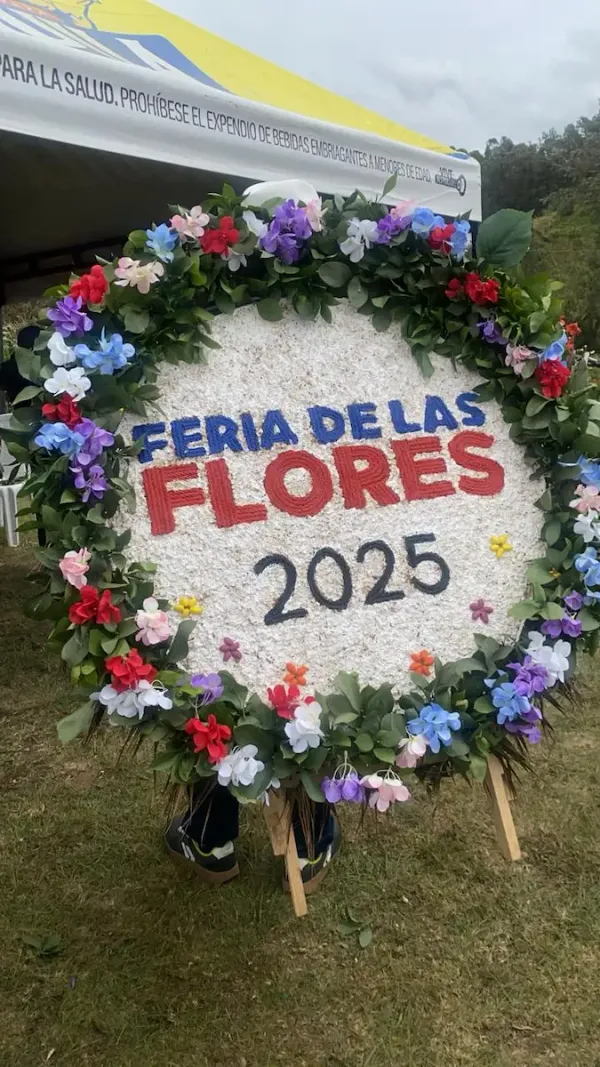A Foodie’s Guide to Eating in Medellín: Meat Cuts, Menus, and Must-Try Dishes
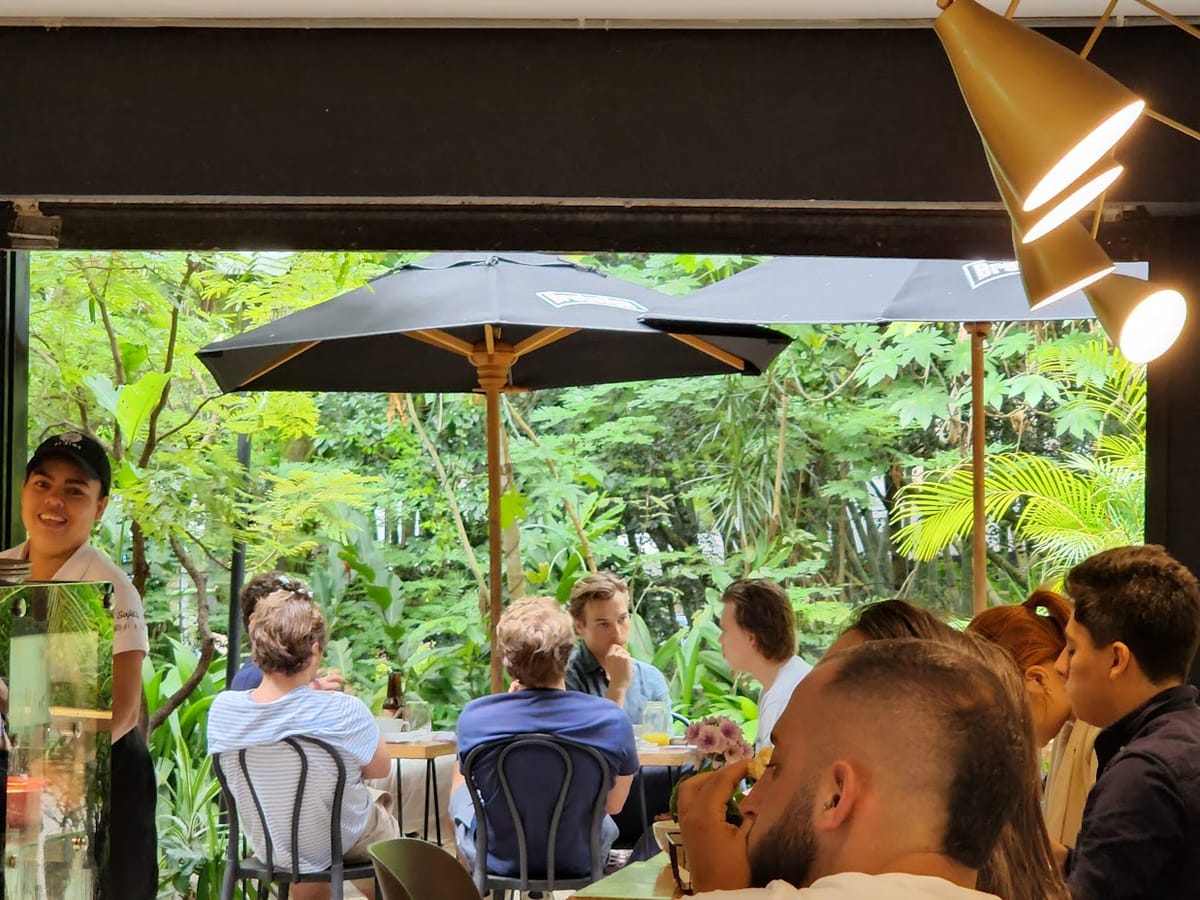
If you’re planning to eat out in Medellín or dive into Colombian cuisine, here’s a little secret: knowing the local names for meat cuts can totally change your experience. Whether you’re sitting down at a parrilla (that’s a grill, by the way) or enjoying a cozy traditional meal, understanding what’s on your plate makes ordering less confusing and way more fun. So, here’s a handy rundown of the common meat cuts you’ll see around Medellín restaurants — plus some tips on the menu, drinks, and classic Colombian eats. For more on navigating the sometimes confusing culture of Medellin, see my compreshensive guide to Medellin and the surrounding area in the Aburrá Valley.
Everything You Need to Know Before Coming to Medellín
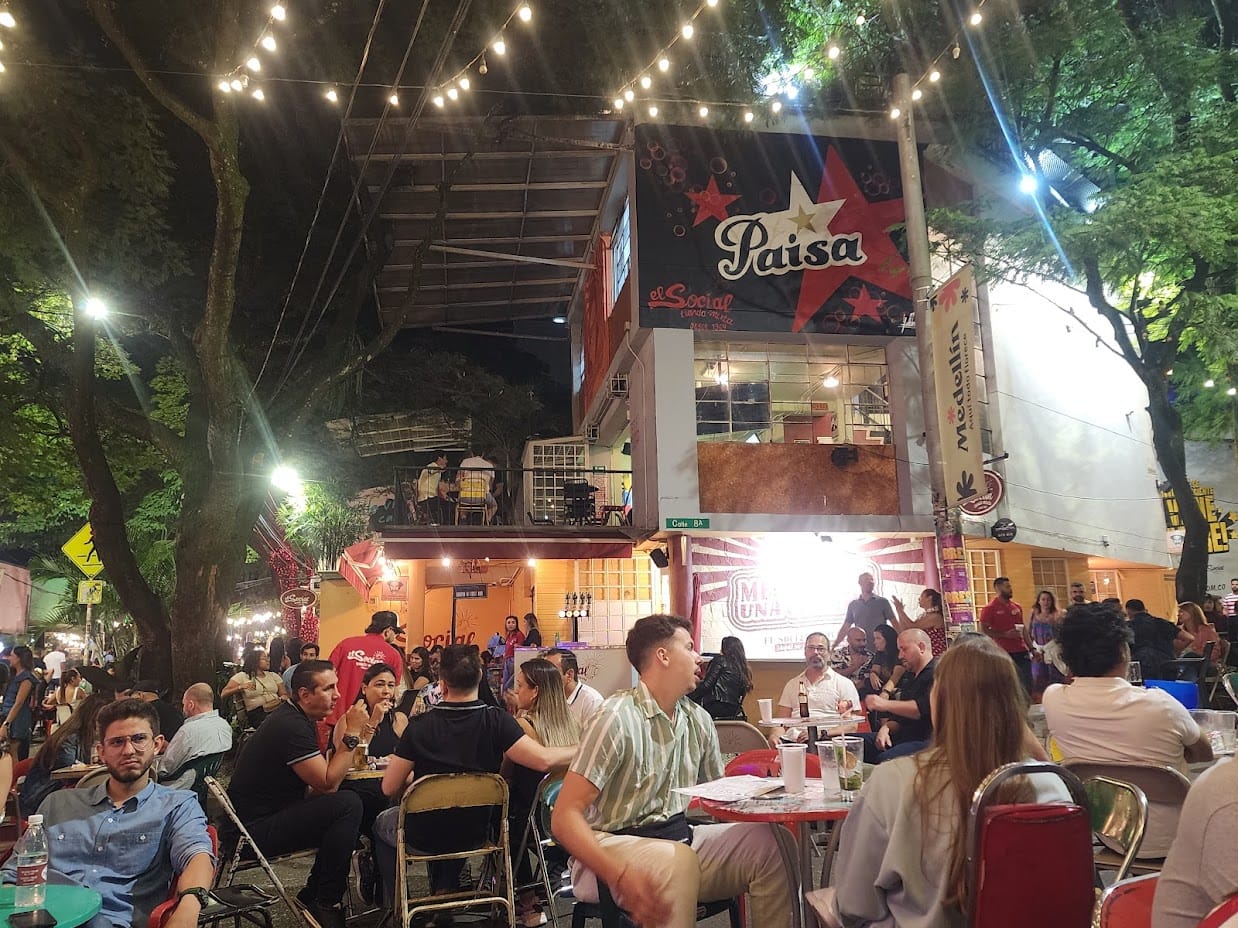
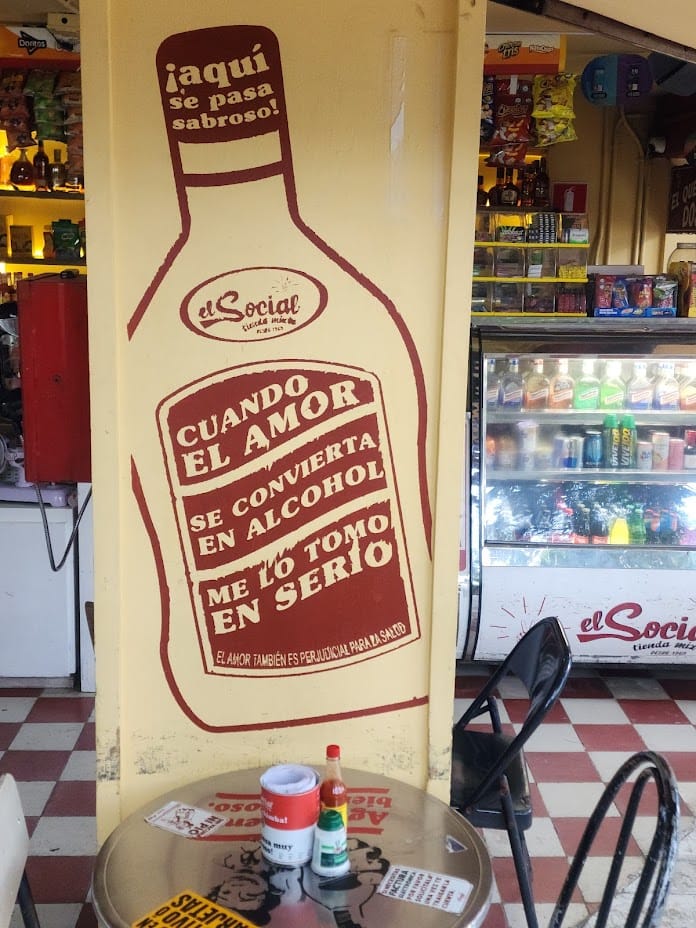

Beef Cuts
- Bife de chorizo (New York Strip): This is the juicy, tender strip loin steak everyone loves — perfect grilled over an open flame.
- Sobrebarriga: Think of it as flank steak — usually slow-cooked until it’s melt-in-your-mouth tender.
- Lomo fino / Solomito: The tenderloin, prized for its buttery softness, often grilled or seared just right.
- Solomo (Solomillo): Sirloin or top sirloin — still tender but with a bit more bite than tenderloin.
- Entraña: Skirt steak — thin, flavorful, and a parrilla favorite.
- Chorizo: Colombian sausage that’s packed with flavor, often part of mixed grill platters.
- Costilla: Beef ribs, slow-grilled or cooked low and slow until deliciously tender.
- Churrasco: A catch-all for grilled steak, usually flank or sirloin.
- Punta de anca (Tri-tip): A rump or sirloin cap — tender, flavorful, and definitely worth trying.
- Ojo de bife (Ribeye): The marbled ribeye steak, juicy and tender, a steakhouse staple.
- Tomahawk (Ojo de bife con hueso): A ribeye with a long bone attached — dramatic and delicious, but less common.
- Barril: A more regional or lesser-known cut, sometimes linked to flank or ribs.
Pork Cuts
- Cañón de cerdo: A thick, cylindrical cut from pork shoulder or leg — perfect for roasting or grilling, full of flavor.
- Chuleta: Pork chops, often breaded or grilled.
- Costillas de cerdo: Pork ribs, cooked slow or grilled for that smoky goodness.
- Lomo de cerdo: Lean pork loin — simple and tender.
- Chorizo de cerdo: Spiced pork sausage, a Colombian classic.
- Tocineta: Bacon, cured and often fried until crispy — you’ll see it in many dishes or as a tasty topping.
- Chicharrón: Fried pork belly or pork rind — crunchy, flavorful, and a beloved snack or side, especially in bandeja paisa.
Chicken Cuts
- Pechuga: Chicken breast, usually grilled or fried.
- Muslo / Muslitos (Drumsticks): Juicy thighs and drumsticks, packed with more flavor than the breast.
- Alitas: Chicken wings, often fried or grilled and sauced up.
Other Meats
- Cordero: Lamb, often grilled or roasted, usually in chops or leg cuts.
- Chigüiro: Capybara meat — a regional specialty if you’re feeling adventurous.
- Carne de res molida: Ground beef, a staple in arepas, empanadas, and sauces.
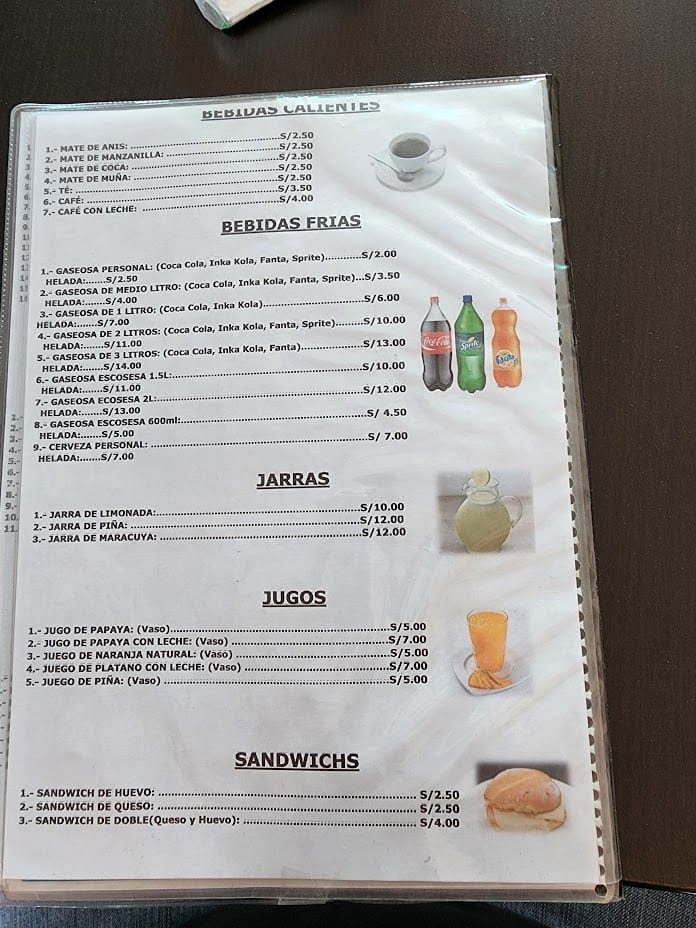
Beverages: What You’ll Actually Drink
Here’s where things can get a bit confusing if you don’t know the lingo: in Colombia, soft drinks are called “gaseosas” (think Colombiana or Postobón, although Coke and Pepsi are commonly available).
In Colombia, “soda” actually refers to fruit juice mixed with carbonated water — not what we’d call a soft drink.
Fresh fruit juices, or jugos naturales, are everywhere and usually served mixed with water (non carbonated) or milk, so be sure to specify if you want “con agua” (with water) or “con leche” (with milk).
When it comes to coffee, there are a couple of common options to know: a tinto is a small, strong black coffee—think espresso style, often served sweetened. An americano is similar but diluted with hot water, making it lighter and larger, more like the typical drip coffee you might be used to.
And the Michelada? It’s not your typical spicy Mexican michelada. Here, it’s usually fruit juice (lemon or mango are popular) mixed with beer — fruity and refreshing.
Water comes bottled and you should always say if you want it “con gas” (sparkling) or “sin gas” (still), and you will be charged for it.
The tap water in Medellin is clean and safe to drink. You don't have to worry about getting sick from water used to wash vegetables or to make ice-cubes.
Breaking Down the Menu: What to Expect
Menus in Medellín restaurants usually follow a familiar structure:
- Entradas (Appetizers): Small plates to kick things off. Expect empanadas, crispy patacones, chorizo bites, or carimañolas (stuffed yucca fritters).
- Para Compartir (To Share): Big platters for groups — think mixed grills or cheese boards.
- Fuertes (Main Courses): The main event — dishes like bandeja paisa, sancocho, or grilled meats. Portions are generous.
- Postres (Desserts): Sweet treats like tres leches cake, flan, or fresh fruit.
- Bebidas (Beverages): From fresh juices and gaseosas to coffee, beer, and aguardiente.
- Licores (Liquors): Local spirits like aguardiente and rum, plus cocktails including the Colombian michelada.
If you’re unsure, just ask your server for suggestions — they usually know what’s best!
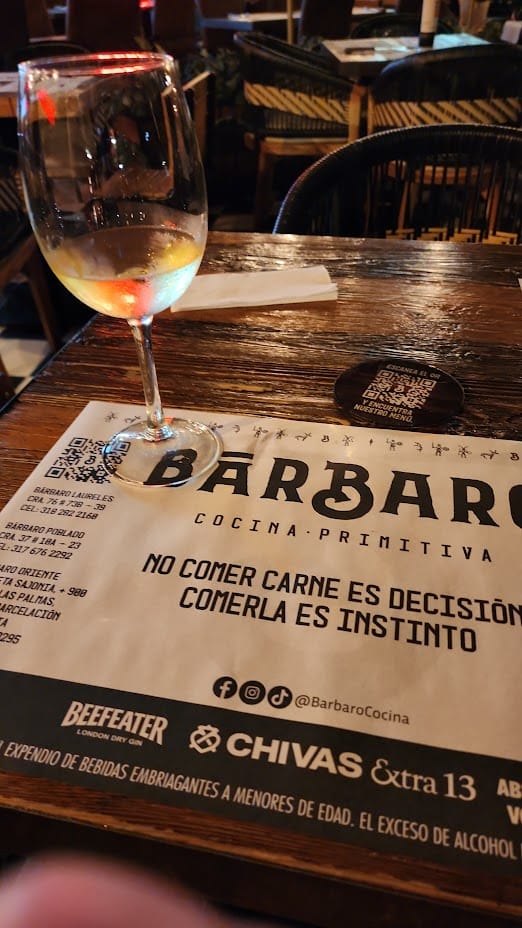
Common Colombian Foods You’ll Run Into
- Arepas: Cornmeal cakes, sometimes stuffed or topped.
- Tamales: Corn dough steamed with meat and veggies in banana leaves.
- Empanadas: Fried or baked pastries filled with meat, cheese, or potatoes.
- Patacones: Twice-fried green plantains — crunchy and addictive.
- Morcilla: Blood sausage, often grilled or fried.
- Chorizo: Spiced pork sausage, a staple in many dishes.
- Posta Negra: Slow-cooked beef in a rich, sweet sauce.
- Arroz con pollo: Classic chicken and rice.
- Pandebono: Cheesy bread rolls, perfect for breakfast or snacks.
- Obleas: Thin wafers with arequipe or fruit fillings.
- Choripán: Grilled sausage sandwiches popular in Argentina but recognized here too.
- Buñuelos: Fried cheese balls, a beloved snack.
- Palos de queso: Fried cheese sticks — crispy on the outside, gooey inside.
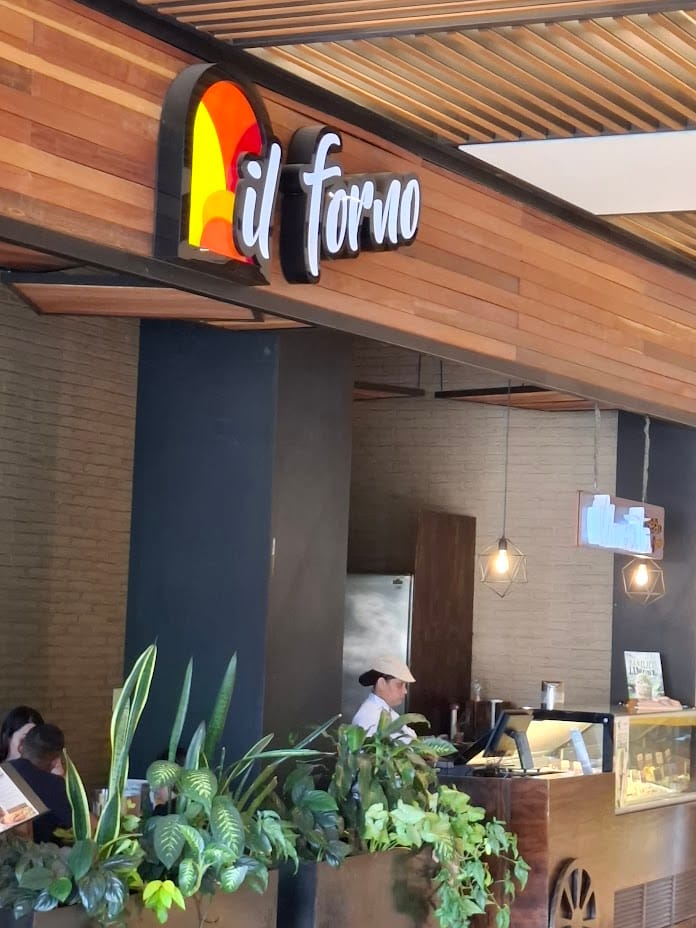
A Quick Note on Dining Etiquette
Don’t expect the check to magically appear — in Colombia, it’s polite to ask for “la cuenta, por favor” when you’re ready to pay. The server will then ask if you want to pay by “tarjeta o efectivo” (card or cash). They may also offer to include the “servicio” — a 10% tip, which you can accept or decline.
Wrapping It Up
Medellín’s food scene is all about big flavors, rich traditions, and a lively dining culture. Get comfortable with local terms and customs, and you’ll find every meal a chance to connect with the city’s soul — one bite, one sip, and one shared plate at a time.
